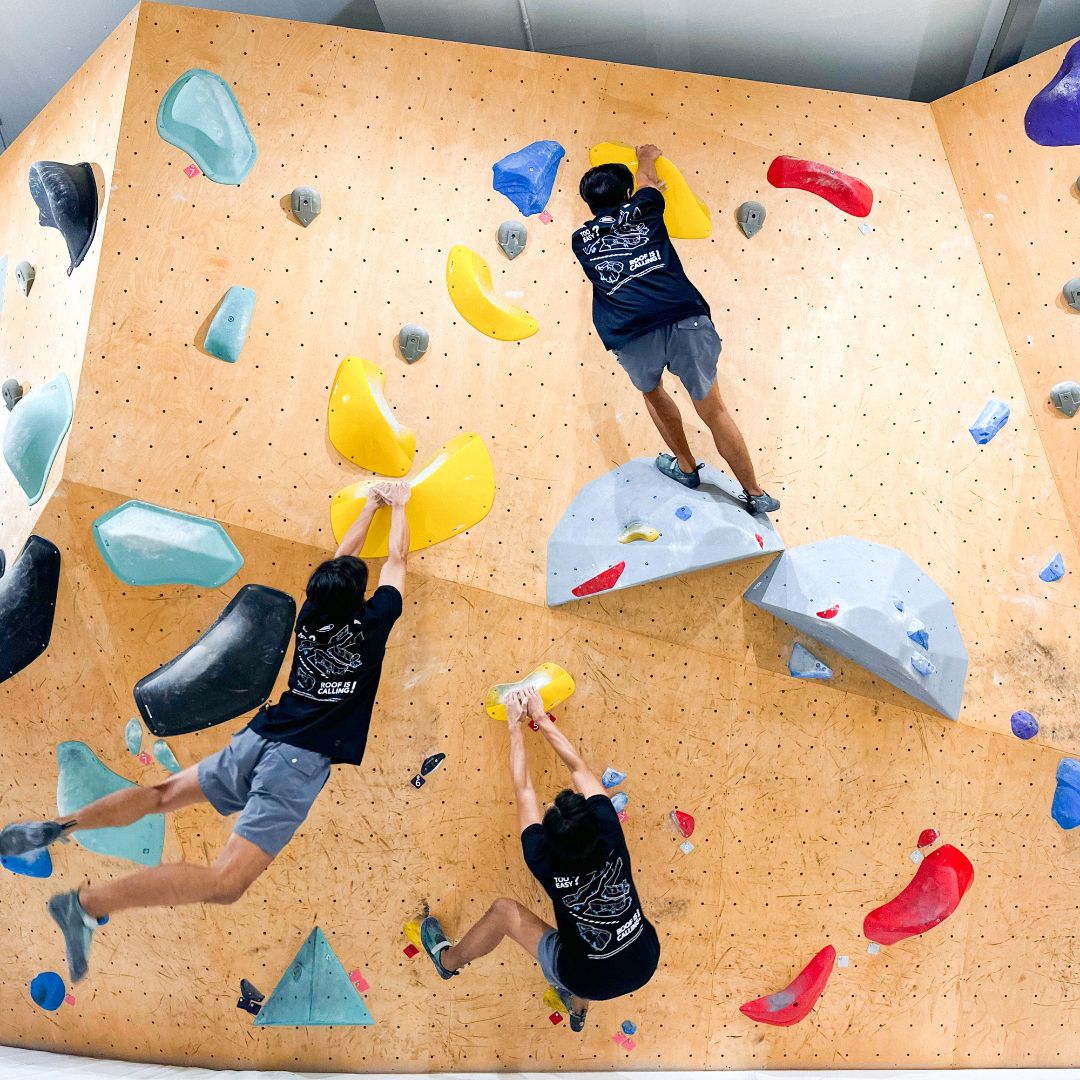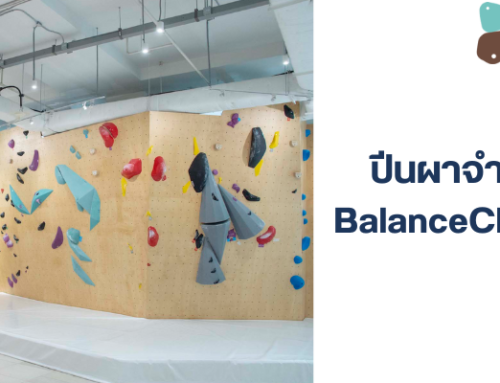The Ultimate Guide to Balance Climbing: Techniques, Training, and Tips for Climbers
Introduction
Climbing is not just about muscle strength; it requires balance, precision, and technique. For enthusiasts of this exhilarating outdoor activity, mastering the art of balance is crucial to tackling challenging routes and improving overall climbing performance. This article serves as your comprehensive guide to balance climbing, focusing on techniques, training methods, and tips to enhance your climbing experience
Understanding Balance Climbing
Balance climbing is a style that emphasizes body positioning and weight distribution to maintain stability when ascending various surfaces. It is essential for all types of climbing, whether you are bouldering, sport climbing, or engaging in traditional climbing. Without proper balance, even the strongest climbers may struggle with routes that require finesse and technique.
The Importance of Balance in Climbing
- Enhanced Stability: A climber’s ability to maintain equilibrium affects their overall performance. Good balance allows climbers to reach holds confidently, minimizing the risk of falls.
- Effective Energy Use: By mastering balance, climbers can conserve energy and optimize their movements, which is crucial for longer climbs.
- Injury Prevention: Improper body positioning can lead to injuries. Developing balance helps prevent falls and enhances control over movements.
- Improved Technique: Good balance equips climbers with the skills needed to navigate difficult routes effortlessly.
Key Techniques for Developing Balance in Climbing
- Footwork Focus: Pay close attention to your foot placements. Practice climbing with an emphasis on silent footwork, which forces you to place your feet carefully and maintain balance.
- Body Positioning: Learn to stay close to the wall, keeping your hips in line with your feet to prevent overbalancing. This will help create a strong center of gravity.
- Dynamic vs. Static Movements: Understand when to be dynamic (making quick, powerful moves) and when to be static (deliberate, controlled movements). A balance of both will enhance your overall climbing skills.
- Static Holds: Practice climbing routes that require you to pause on holds. This will improve your stability and allow you to feel comfortable in varying positions.
- Balance Drills: Incorporate specific balance drills into your training routine. Examples include standing on one foot while maintaining an upright posture or practicing yoga poses that enhance core strength and stability.
Training Techniques for Balance Strength
- Core Strengthening: A strong core is essential for maintaining balance. Incorporate exercises like planks, side planks, and leg raises into your routine to build core stability.
- Proprioception Exercises: Proprioception is the body’s ability to sense movement, action, and location. Use balance boards, Bosu balls, or stability cushions to improve this sense and enhance your equilibrium.
- Climbing Drills: Regularly engage in climbing drills that emphasize balance. Examples include traversing on a low wall without using your hands or completing routes with minimal foot placements.
- Cross-Training Activities: Engage in activities like yoga, gymnastics, or tai chi to improve overall balance and flexibility. Such disciplines focus on controlled movements and body awareness, benefiting your climbing performance.
- Mental Preparation: Mental focus is key to achieving balance. Practicing visualization techniques can help you mentally prepare for climbing routes, improving your confidence and stability on the wall.
Tips for Climbers to Improve Balance
- Stay Relaxed: Tension can affect balance. Focus on staying relaxed, especially in your upper body, to improve your overall control.
- Breath Control: Maintain a steady breathing pattern while climbing. It helps relax the muscles and enhances focus, contributing to better balance.
- Climbing Partners: Climbing with experienced partners can provide valuable feedback on your technique, helping you identify areas to improve your balance.
- Set Realistic Goals: Gradually progress to more challenging routes. Set achievable balance-focused goals that allow you to track your improvements over time.
- Record Your Progress: Keep a climbing journal to track your performance and note the climbs where you felt particularly balanced or unstable. This reflection can guide your training sessions.
Conclusion
Balance is the bedrock of successful climbing. By applying the techniques, engaging in specialized training, and adopting best practices to improve your balance, you’ll find yourself conquering more challenging routes with increased confidence. For more insights, resources, and a supportive climbing community, visit balanceclimbing.com—your ultimate destination for in-door bouldering gym in Bangkok, Thailand.





